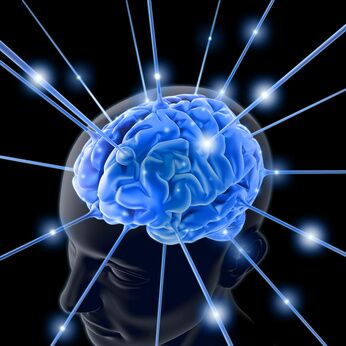
Mindfulness for Eating Disorders
Eating Disorders are severe mental illness that deserve proper treatment. Among the most usual Eating Disorders (ED) we finda Anorexia Nervosa (AN), Bulimia Nervosa (BN) and Binge Eating Disorder (ED).
AN and BN share symptoms and psychopathological characteristics such as deregulated feeding habits, extreme methods for weight control and exaggerated concerns with shape and weight. Eating Disorders still share common symptoms with other psychiatric disorders such as depression and anxiety. Research on eating disorders should take into account this wide spectrum of symptoms (Cooper & Fairburn, 1987).
Mindfulness meditation is a practice that has received increasing attention from researchers in various areas of human development: healthcare, government, militar, in schools and corporations. Within the area of Psychiatry, meditation has been studied as a complementary therapy for many disorders, and the most researched are anxiety disorders, depression and addiction. (Arias et al., 2006; Rubia, 2009; Mars & Abbey, 2010).
Some mindfulness-based programs have already shown promising results in patients with Binge Eating Disorder and Bulimia Nervosa (Kristeller & Hallet, 1999; Coubarson, 2010). Studies with patients with Anorexia Nervosa are still rare, with some case reports and pilot studies (Albers, 2010; Rawal et al., 2009). Still, programs developed until now are meant for patients in an outpatient condition, when the disorder is not in an acute phase.
Katya Stübing is a experienced meditation practioner with more than 20 years in personal practice. She has developed an 8 week program for general population based in the sitting practice, focusing on calming the mind. She has teached this protocol in groups and in individual sessions for more than 100 persons.
Her Masters research was the tailoring of a mindfulness intervention for severe inpatients with Eating Disorders. This was a three years clinical trial, first in a pilot group, then assessing controls and lastly an intervention group. For the intervention group, 8 sessions were tailored, having no hierarchy so that patients could jump in anytime without compromising the learning process. Results will be soon made public, but what can be told for now is that results are significant in the reduction of Anxiety and Depression.
References
Albers, S. (2010). Using Mindful Eating to Treat Food Restriction: A Case Study. Eating Disorders, 19(1):97-107.
ARIAS, A.J.; STEINBERG, K.; BANGA, A.; TRESTMAN, R.L. (2006). Systematic Review of the Efficacy of Meditation Techniques as Treatments for Medical Illness. The Journal of Alternative and Complementary Medicine, Volume 12, Número 8:817–832.
Cooper, Z. & Fairburn, c. (1987). The Eating Disorder Examination: A Semi-structured Interview for the assesment of the Specific Psychopathology of Eating Disorders. International Journal of Eating Disorders, 6(1):1-8.
Courbasson, C.M.; Nishikawa, Y. & Shapira, L.B. (2010) Mindfulness-action based cognitive behavioral therapy for concurrent Binge Eating Disorder and Substance Abuse Disorder. Eating Disorders, 19(1): 17-33.
Kristeller, J. L. & Hallett, C. B. (1999). An Exploratory Study of a Meditation-based intervention for Binge Eating Disorder. Journal of Health Psychology, No 4: 357.
KRISTELLER, J.L. & WOLEVER, R.Q. (2011). Mindfulness-Based Eating Awareness Training for Treating Binge Eating Disorder: The Conceptual Foundation. Eating Disorders, 19(1): 49-61.
MARS, T. S.; ABBEY, H. (2010). Mindfulness Meditation Practice as a Healthcare Intervention: a Sistematic Review. International Journal of Osteopathic Medicine, No 13: 56-66.
Rawal, A.; Park, R.J.; Enayati, J. & Williams, M.G. (2009) A mindful approach to eating disorders. Healthcare Counselling & Psychotherapy Journal, 14750724, October 1, 2009, Vol. 9, Issue 4.
RUBIA, K. (2009). The Neurobiology of Meditation an its Clinical effectiveness in Psychiatric Disorders. Biological Psychology, 82: 1-11.
